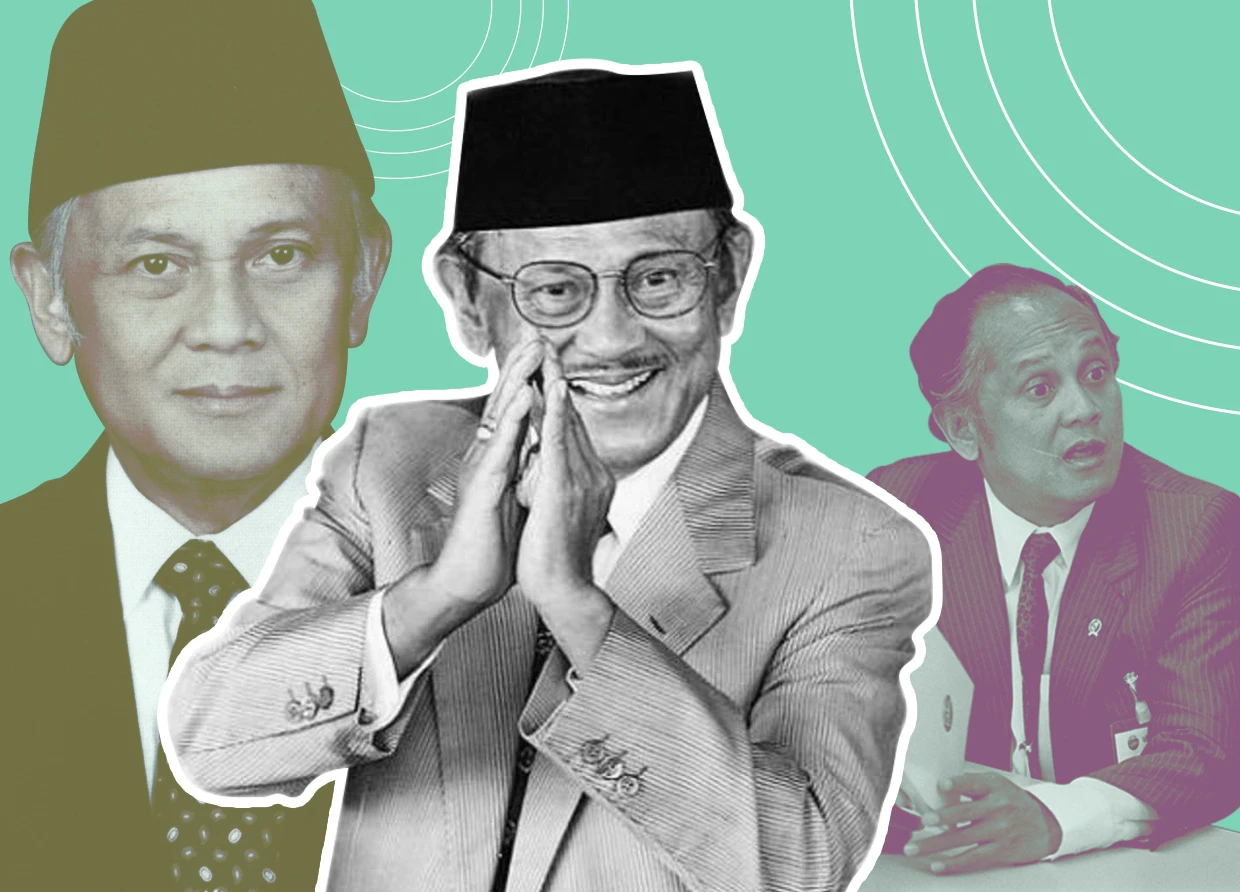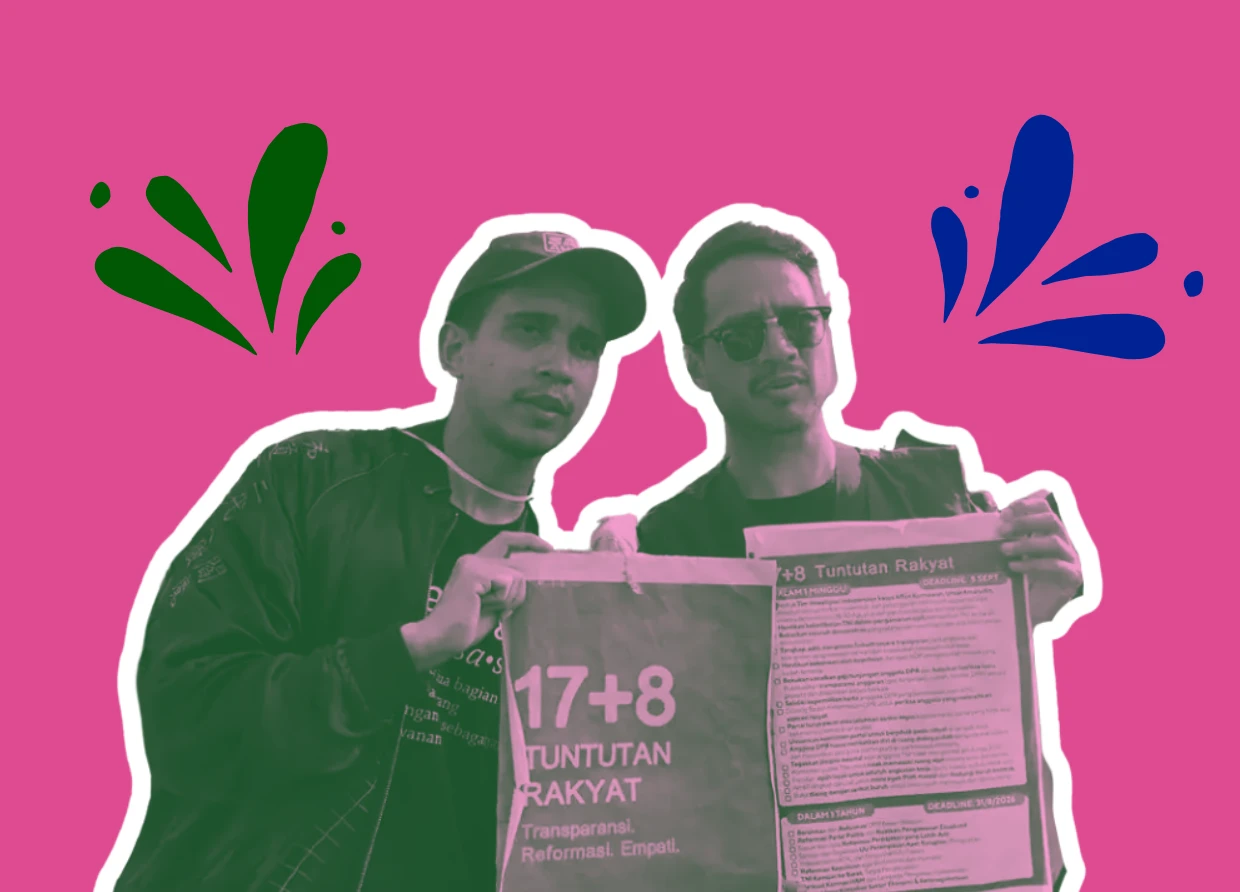B. J. HABIBIE AND THE REASON WHY HE IS CALLED ‘MR. CRACK’
Black History Month- BJ ‘Mr. Crack’ Habibie

B. J. Habibie is a never-ending story, although he is already gone. He is an Indonesian aircraft engineer and politician who was president of Indonesia (1998–99) and a leader in the country’s technological and economic development in the late 20th and early 21st centuries.
Brilliant in science and mathematics from childhood, Habibie received his postsecondary education at the Bandung Institute of Technology and continued studying at the Institute of Technology of North-Rhine–Westphalia in Aachen, West Germany. After graduating in 1960, he remained in West Germany as an aeronautics researcher and production supervisor.
He was known for his pioneering breakthroughs and forward-thinking in adopting research and technology for industrial purposes during his leadership.
View this post on Instagram
He changed Indonesia’s policy on industrial development from being economically driven to focusing on higher technology. Before Habibie served as minister of research and technology, Indonesia developed its industries based on economists’ calculations of efficiency and profitability, focusing more on labor-intensive and resource-based industries. But he introduced the importance of developing strategic industries using higher technology, like aircraft, ship, communication equipment and weapon industries. He believed that, despite the high costs to develop these industries, they would bring economic benefits in the end.
Black History Month- B. J. ‘Mr. Crack’ Habibie
Took sourced from Ys Journal, there is an interesting story of B. J. Habibie and his black history month. During Black History Month, which was celebrated in the UK in October, several YSJ team members took time out of their usual roles within the journal to write articles that celebrate the contributions of black and POC (person/people of colour) scientists. Here, Ambassador to Indonesia Parsa Nayyara writes about the country’s 3rd president, aerospace engineer, B. J. ‘Mr Crack’ Habibie.
Prof. DR (HC). Ing. Dr. Sc. Mult. Bacharuddin Jusuf Habibie (B.J. Habibie), also called ‘Rudy Habibie’, is the 3rd President of Indonesia and an aerospace engineer. They played a huge role in the country’s and the world’s aviation industry. Habibie developed a theory that would help prevent planes from being destroyed during flight. He is one of the many reasons our aeroplanes are safer today.
View this post on Instagram
Habibie was the fourth son to Alwi Abdul Jalil Habibie and R.A. Tuti Marini Puspowardojo. His father was a religious agriculturist of Gorontalo, while his mother was born in an educated family of teachers and doctors. Habibie grew up to be a devout Muslim and talented engineer, following both of his parents’ backgrounds.
In 1954, Habibie pursued his higher education at Bandung Institute of Technology (ITB, West Java) before traveling to study aviation technology at Delft University of Technology, Netherlands. However, due to the West New Guinea dispute between Indonesia and the Netherlands, Habibie was transferred to RWTH Aachen University in West Germany[2], majoring in aircraft construction. He completed his engineering degree (Diplom-Ingenieur) in 1960 and stayed in Aachen as a research assistant while completing his doctoral degree.
During this time, Habibie worked for Waggenfabrik Talbot, a railway company, where he helped design train wagons. Habibie refused to progress in the railway industry to complete his dissertation. In 1965, he received his Doktor Ingenieur (Dr. -Ing.) title in aerospace engineering.
Habibie then joined Messerschmitt-Bolkow-Blohm (MBB), a german aviation company, where he developed The Habibie Method (aerodynamics), The Habibie Theorem (construction), and The Habibie Factor (thermodynamics).
In the early 1960s, aeroplane accidents frequently occurred due to construction failure, many due to fatigue on the aircraft’s body. When metal fatigue happens, it is the beginning of a crack. Fatigue critical points are usually located in the connection between the wings and the engine cradle or between the wing and fuselage. These points experience constant turbulence, especially during take-off and landing.
The crack point will continue to branch and propagate day by day inside the structure. If it is not detected, the wings could snap and break during take-off. Back then, it was still difficult to spot this fatigue early because there wasn’t any laser-scanner or sensors to overcome this crucial problem. The risk of fatigue got more significant as the aviation industry shifted from using propellers to jets.
Habibie later developed the crack propagation theory, earning him the name ‘Mr. Crack’ from his international colleagues. Through his theory, the crack points could be predicted early, resulting in safer aircraft, reducing the risk of sudden failure, and making maintenance cheaper and more accessible. With specific crack points, airplane construction also became faster as fatigue testing could be done in a shorter period.
Engineers used to address the possibility of a crack by raising the safety factor (SF). This means using heavier materials for the aircraft's body, using aluminium and steel alloys. After crack points can be determined, the SF could be decreased, and aircrafts can use lighter material. This is called the 'Habibie Factor', which can reduce the plane’s operating empty weight by 10%. However, this does not reduce the maximum take-off weight. Therefore the Habibie Factor helped airplanes lift more weight and fly farther.
View this post on Instagram
Habibie was called back home by former President of Indonesia, Soeharto, in 1974 to help build the country’s industrialisation. For twenty years, Habibie served as minister of research and technology of Indonesia. During his time as a minister, he established PT. Industri Pesawat Terbang Nurtanio (Now PT. Dirgantara Indonesia) in April, 1976. Nurtanio was a company that pioneered Indonesia’s aviation industry.
Habibie also led the N-250 Gatotkaca project, which is Indonesia’s first aircraft manufactured by PT. Dirgantara Indonesia and was designed by BJ Habibie himself. An N-250 has six propellers, a maximum cruising speed of 610 km/h, and 555 km/h economical cruising speed, making N-250 Gatotkaca the fastest in its class as a 50-seat turboprop craft at the time.
Altogether, Habibie has filed 46 global patents, and in 1992, Habibie received the von Karman Award from the International Council Aeronautical Science (ICAS). Unfortunately, on September 11th 2019, Habibie passed away, aged 83, leaving notable legacies in science, technology, and engineering.
#THE S MEDIA #Media Milenial #BJ habibie #mr crack



























